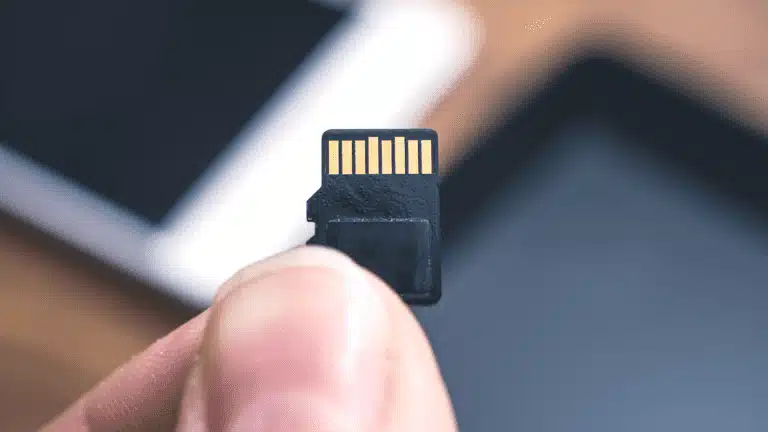The world as we knew has changed. With social distancing becoming the new normal, it is very likely that organisational engagement will take a hit. As we start adapting to these new normal, L&D and HR leaders are looking for ways to make sure teams continue staying productive, managers and peers make time through virtual connects – both official and unofficial.
L&D leaders also understand that it is undeniable that training is not just important to any organization but also vital. Therefore, the virtual trainings and sessions have found a place in the new normal. However, a detail that often falls through the cracks are the quantifiable effectiveness of the trainings that are imparted. We already know that about 50% of newly acquired information is lost within weeks and over 80% of it is lost within a month if the learned material is not consciously reviewed. This is the ‘forgetting curve’ as formulated by psychologist, Hermann Ebbinghaus.
In my last blog, I had shared my two cents on microlearning and how it can be used to conveniently reinforce newly acquired information so that the “forgetting curve” can be overturned to “retention curve” and the newly acquired information can be truly learnt. I am sharing this blog with the aim that it helps the readers with making their microlearning content engaging or helping them choose the kind of microlearning content they want for their organisation.
Microlearning – learning bytes or learning nuggets is an excellent method of reinforcing the knowledge received through a formal/ informal training session. It is especially useful when all trainings are happening virtually, and social learning is hampered. While microlearning is very effective as a measure for reinforcing knowledge, it also has tremendous benefits when used as a stand-alone program. While the benefits, both for a learner and for an employer are numerous including accessibility, affordability, higher impact being just a few, Let’s discuss what makes a Microlearning module truly worth your time.
• Micro:
Table of Contents
• Focused:
• Interactive:
A rule of thumb that has always worked for me is that when curating microlearning modules it must be engaging for the learners, not overwhelming.















